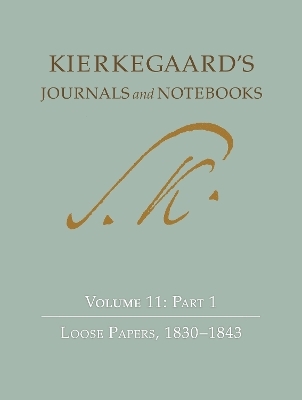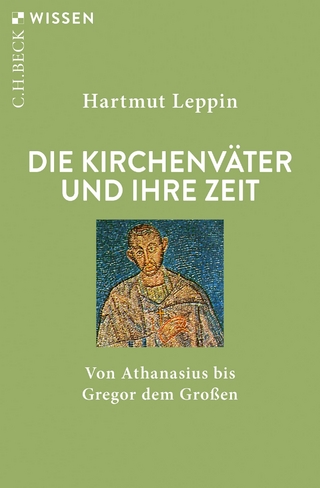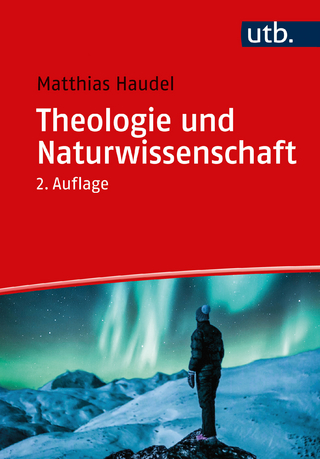
Kierkegaard's Journals and Notebooks, Volume 11, Part 1
Loose Papers, 1830-1843
Seiten
2019
Princeton University Press (Verlag)
978-0-691-18879-9 (ISBN)
Princeton University Press (Verlag)
978-0-691-18879-9 (ISBN)
For over a century, the Danish thinker Soren Kierkegaard (1813-55) has been at the center of a number of important discussions, concerning not only philosophy and theology but also, more recently, fields such as social thought, psychology, and contemporary aesthetics, especially literary theory.Despite his relatively short life, Kierkegaard was
For over a century, the Danish thinker Søren Kierkegaard (1813–55) has been at the center of a number of important discussions, concerning not only philosophy and theology but also, more recently, fields such as social thought, psychology, and contemporary aesthetics, especially literary theory.
Despite his relatively short life, Kierkegaard was an extraordinarily prolific writer, as attested to by the 26-volume Princeton University Press edition of all of his published writings. But Kierkegaard left behind nearly as much unpublished writing, most of which consists of what are called his “journals and notebooks.” Kierkegaard has long been recognized as one of history’s great journal keepers, but only rather small portions of his journals and notebooks are what we usually understand by the term “diaries.” By far the greater part of Kierkegaard’s journals and notebooks consists of reflections on a myriad of subjects—philosophical, religious, political, personal. Studying his journals and notebooks takes us into his workshop, where we can see his entire universe of thought. We can witness the genesis of his published works, to be sure—but we can also see whole galaxies of concepts, new insights, and fragments, large and small, of partially (or almost entirely) completed but unpublished works. Kierkegaard’s Journals and Notebooks enables us to see the thinker in dialogue with his times and with himself.
Kierkegaard wrote his journals in a two-column format, one for his initial entries and the second for the extensive marginal comments that he added later. This edition of the journals reproduces this format, includes several photographs of original manuscript pages, and contains extensive scholarly commentary on the various entries and on the history of the manuscripts being reproduced.
Volume 11, Part 1, and Volume 11, Part 2, present an exciting, enlightening, and enormously varied treasure trove of papers that were found, carefully sorted and stored by Kierkegaard himself, in his apartment after his death. These papers—many of which have never before been published in English—provide a window into many different aspects of Kierkegaard’s life and creativity. Volume 11, Part 1, includes items from his earliest, formative years, through his extensive studies at the university, and up to the publication of Either/Or. These materials include Kierkegaard’s studies in biblical exegesis; his reading of theologians such as Schleiermacher and Baader; his concern with aesthetic matters, including a lengthy consideration of the Faust legend; his first, trial sermon, delivered at the Pastoral Seminary; his views on the burgeoning field of political journalism in the 1830s; and a group of papers he titled “The First Rudiments of Either/Or. The Green Book. Some Particulars that were not Used.”
For over a century, the Danish thinker Søren Kierkegaard (1813–55) has been at the center of a number of important discussions, concerning not only philosophy and theology but also, more recently, fields such as social thought, psychology, and contemporary aesthetics, especially literary theory.
Despite his relatively short life, Kierkegaard was an extraordinarily prolific writer, as attested to by the 26-volume Princeton University Press edition of all of his published writings. But Kierkegaard left behind nearly as much unpublished writing, most of which consists of what are called his “journals and notebooks.” Kierkegaard has long been recognized as one of history’s great journal keepers, but only rather small portions of his journals and notebooks are what we usually understand by the term “diaries.” By far the greater part of Kierkegaard’s journals and notebooks consists of reflections on a myriad of subjects—philosophical, religious, political, personal. Studying his journals and notebooks takes us into his workshop, where we can see his entire universe of thought. We can witness the genesis of his published works, to be sure—but we can also see whole galaxies of concepts, new insights, and fragments, large and small, of partially (or almost entirely) completed but unpublished works. Kierkegaard’s Journals and Notebooks enables us to see the thinker in dialogue with his times and with himself.
Kierkegaard wrote his journals in a two-column format, one for his initial entries and the second for the extensive marginal comments that he added later. This edition of the journals reproduces this format, includes several photographs of original manuscript pages, and contains extensive scholarly commentary on the various entries and on the history of the manuscripts being reproduced.
Volume 11, Part 1, and Volume 11, Part 2, present an exciting, enlightening, and enormously varied treasure trove of papers that were found, carefully sorted and stored by Kierkegaard himself, in his apartment after his death. These papers—many of which have never before been published in English—provide a window into many different aspects of Kierkegaard’s life and creativity. Volume 11, Part 1, includes items from his earliest, formative years, through his extensive studies at the university, and up to the publication of Either/Or. These materials include Kierkegaard’s studies in biblical exegesis; his reading of theologians such as Schleiermacher and Baader; his concern with aesthetic matters, including a lengthy consideration of the Faust legend; his first, trial sermon, delivered at the Pastoral Seminary; his views on the burgeoning field of political journalism in the 1830s; and a group of papers he titled “The First Rudiments of Either/Or. The Green Book. Some Particulars that were not Used.”
Bruce H. Kirmmse of Connecticut College (emeritus) and the University of Copenhagen is the General Editor of Kierkegaard’s Journals and Notebooks, heading up a distinguished Editorial Board that includes Niels Jørgen Cappelørn, Director Emeritus of the Søren Kierkegaard Research Centre; Alastair Hannay of the University of Oslo (emeritus); David D. Possen of the University of Copenhagen; Joel D. S. Rasmussen of Oxford University; and Vanessa Rumble of Boston College.
| Erscheinungsdatum | 15.11.2019 |
|---|---|
| Reihe/Serie | Kierkegaard's Journals and Notebooks |
| Verlagsort | New Jersey |
| Sprache | englisch |
| Maße | 191 x 251 mm |
| Themenwelt | Geisteswissenschaften ► Philosophie ► Geschichte der Philosophie |
| Geisteswissenschaften ► Philosophie ► Philosophie der Neuzeit | |
| Religion / Theologie ► Christentum ► Kirchengeschichte | |
| Sozialwissenschaften | |
| ISBN-10 | 0-691-18879-3 / 0691188793 |
| ISBN-13 | 978-0-691-18879-9 / 9780691188799 |
| Zustand | Neuware |
| Haben Sie eine Frage zum Produkt? |
Mehr entdecken
aus dem Bereich
aus dem Bereich
von Athanasius bis Gregor dem Großen
Buch | Softcover (2024)
C.H.Beck (Verlag)
12,00 €


